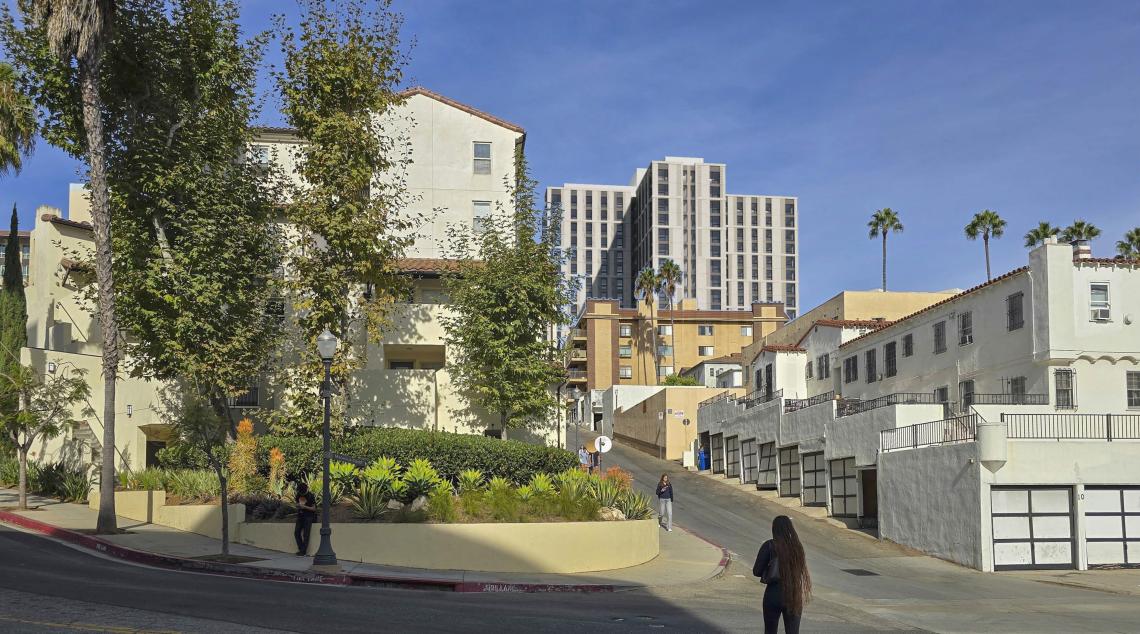If you’ve ever thought, “Why did that simple home repair cost so much more this year?” — you’re not alone. Home remodeling costs are heading up faster than inflation. And guess what? The main culprit isn’t materials. It’s labor.
Table of Contents
ToggleLet’s walk through what’s happening, why it matters, and what homeowners should watch out for.
What’s Going On: Costs Climb Faster Than Inflation
In the April–June quarter, home repair and remodeling costs jumped 3.4% compared to the same period last year. That outpaced the broader inflation rate, which stood at 2.7% for the same span. (Los Angeles Times)
To put it another way: even as our general cost of living rises, getting a new faucet or replacing siding is rising even faster. That’s not just a feed-line stat. That’s dollars out of your pocket.
Why is this happening? Here are the main factors:
- Labor costs surge. That’s the biggest driver. Skilled workers—plumbers, electricians, carpenters—are demanding more as their costs rise.
- Tariffs and import taxes. New import taxes on items like kitchen cabinets and bathroom vanities (up to 50% in some cases) are being rolled out. That adds a direct hit on materials.
- Material price pressure is still there—but muted. Some materials have seen smaller increases. But when labor inflates sharply, even modest material hikes amplify the impact.

What’s the Real Pain Point? Labor, Not Just Lumber
Too often, we assume rising material costs are the story. And yes—they’re part of it. But data shows labor is where the pressure is greatest.
Consider these examples of recent cost jumps:
- Replacing tile flooring: +1.2% over the quarter
- Remodeling a primary bath: +1.0%
- Replacing vinyl siding: +1.0%
Nearly every category of repair and remodeling tracked saw at least a small uptick. And over time? Prices are stacking up. The index for repair and remodeling is now nearly 62% higher than it was ten years ago.
Let’s be clear: you don’t need to undertake a full renovation to feel this. Even a broken door, new window frame, or minor plumbing update becomes noticeably more expensive.
The Broader Picture: Housing Market and Spending Trends
Rising renovation costs come at a tricky time for the housing market.
- Home sales are lackluster. Since 2022, mortgage rates have climbed. That cooled demand.
- People are still investing in their homes. Spending on maintenance and improvements ticked up in the first half of the year.
- But growth may slow. Experts expect that as market headwinds increase, discretionary renovations will be pulled back.
So we have a tension. Homeowners want nicer spaces. But cost pressures may squash appetite going forward.
Why This Matters for You
You might wonder: is this just numbers on a page, or something that will bite your wallet? It’s both.
Here are a few real-world implications:
- Smaller upgrades feel big. A new sink or drawer replacement becomes a negotiation on cost, not design.
- Project delays increase. As labor becomes scarce and more expensive, timelines stretch out.
- Budget surprises happen more often. You may sign a quote, then see the bill creep upward.
- Access limited for many. Those with tighter budgets or smaller homes feel squeezed out of necessary fixes.
For anyone who owns a home—especially an aging one—this isn’t just a trend. It’s risk.
What Homeowners Can Do Now
You don’t have to resign yourself to sticker shock. There are ways to soften the blow.
- Get multiple bids. Compare contractors. Don’t settle on the first number offered.
- Phase your projects. Break big jobs into smaller ones over time.
- Lock in prices when possible. If a contractor will guarantee rates for a short span, use that to your advantage.
- Choose efficient materials. Some materials offer better long-term value, even if upfront costs are a bit higher.
- Do prep work yourself. Demolition, cleanup, or painting can sometimes be done by homeowners to reduce labor costs.
- Be wary of tariffs. If you select imported specialty items (cabinetry, fixtures), know that new import taxes may be incoming.
- Watch local labor markets. In tight areas, demand for skilled workers may drive costs even higher.
What Industry Should Look At
This isn’t just about homeowners coping. The remodeling and contracting industries also face real challenges.
- They must manage labor shortages. Hiring and retaining skilled labor becomes a survival skill.
- They have to absorb or pass through rising costs. Some will raise prices. Others may take margin hits.
- Policy could help—or hurt. Tariff decisions, regulation, and trade deals all ripple through to local costs.
- Innovation matters. Offsite fabrication, modular construction, or more efficient methods might ease the burden.
If the industry fails to adapt, it risks slower growth, unhappy customers, and project stoppages.
Renovation costs are outpacing inflation. Labor is the main driver.
Small fixes now cost more. Timelines slip. Budgets stretch. Here's a quick snapshot and practical steps for Los Angeles owners and investors.
- Get multiple bids and compare timelines.
- Phase projects to spread cost and risk.
- Consider doing non-skills prep yourself.
Final Thoughts: A Pricey Reality
We’re in a new stage of home ownership. Maintenance and improvement are no longer marginal extras. They demand serious money.
Costs are outpacing inflation. Labor is the loudest driver. Tariffs and material pressures pile on. And the ripple effects touch nearly every homeowner and contractor.
Yes, there are ways to adapt. But the legacy of this shift will last. For many, the home is their biggest investment. And rising renovation costs are now a key part of that investment’s risk.
Expect leaner project plans, sharper negotiating, and more caution in home improvement decisions. Because in today’s market, every nail, pipe, and hour of labor has more weight than it ever did before.
Stay Informed
Follow our blog for expert insights on the Los Angeles real estate market.
If you’re a local homeowner or investor, our land use consultants can help you go through permits, zoning, and development challenges.
Contact us today for practical real estate advice tailored to Los Angeles. To see the impact of AI in commercial real estate, check out our website: https://aiforcrecollective.com/






